The Skeleton Dance
7.8 /10 1 Votes7.8
Duration Language English | 7.8/10 IMDb Genre Animation, Family, Short Country United States | |||||||||||||||||||||||||||||||||
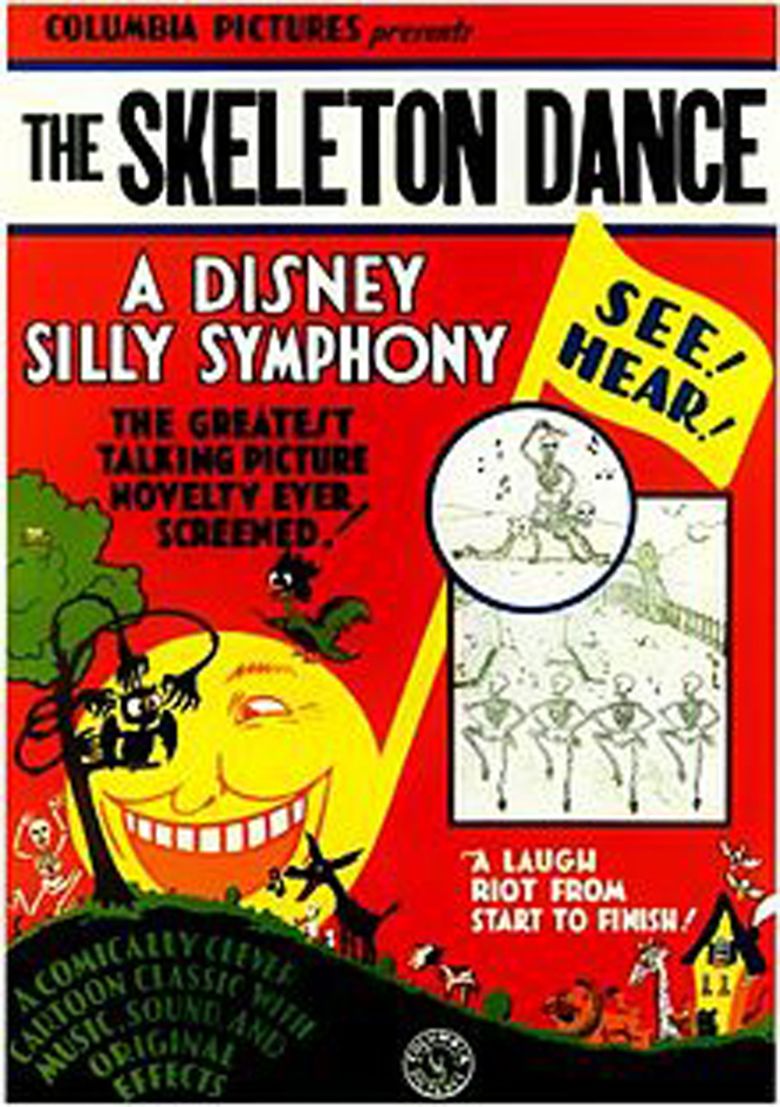 | ||||||||||||||||||||||||||||||||||
Release date August 22, 1929 | ||||||||||||||||||||||||||||||||||
Silly symphony the skeleton dance 1929 disney short
The Skeleton Dance is a 1929 Silly Symphony animated short subject produced and directed by Walt Disney and animated by Ub Iwerks. In the film, four human skeletons dance and make music around a spooky graveyard—a modern film example of medieval European "danse macabre" imagery. It is the first entry in the Silly Symphony series. In 1994, it was voted #18 of the 50 Greatest Cartoons of all time by members of the animation field.
Contents
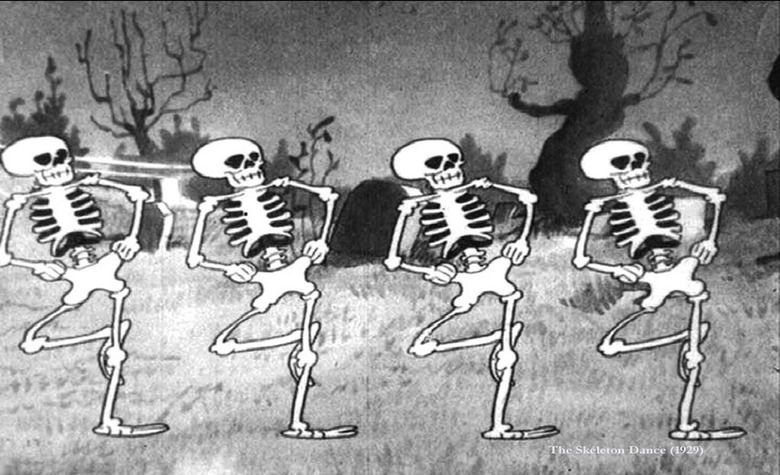
Production
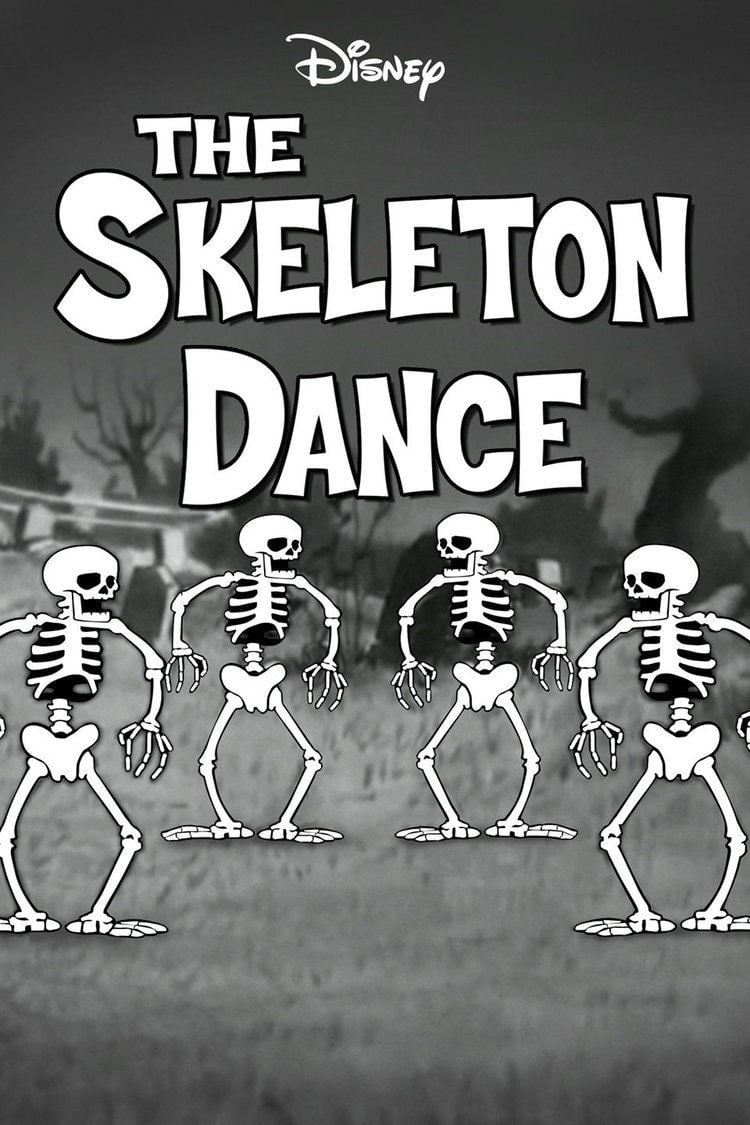
While many claim that the musical score was adapted from the Saint-Saëns composition Danse Macabre, Carl Stalling explained, in a 1969 interview, that it was actually a foxtrot set in a minor key. Stalling suggested the idea for a series of musical one-shot cartoons to Disney and also proposed the idea for this inaugural entry at a gag meeting in 1929. Stalling also adapts Edvard Grieg's "The March of the Trolls" for part of the skeleton dance music.
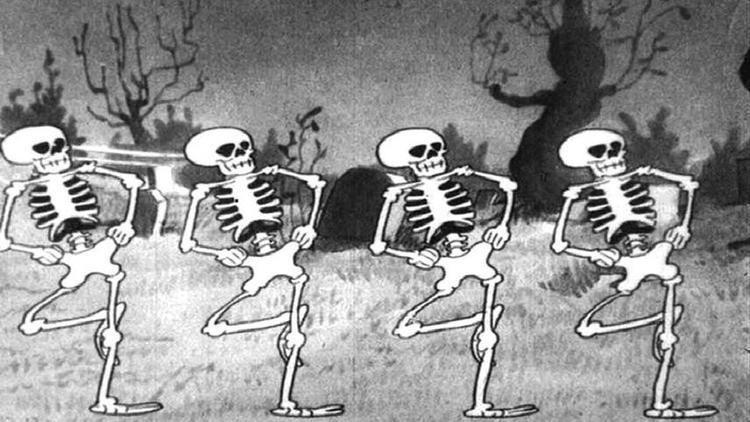
The skeletons dance in various ways and play makeshift musical instruments. In one scene, all four skeletons hold hands and dance in a circle, akin to schoolchildren dancing "Ring a Ring O'Roses". In another scene, a skeleton pulls the thigh bones off another and plays the thighless skeleton like a xylophone. A skeleton also plays a cat like a double bass, using a bow and the cat's tail as the strings. One skeleton dances part of the Charleston.
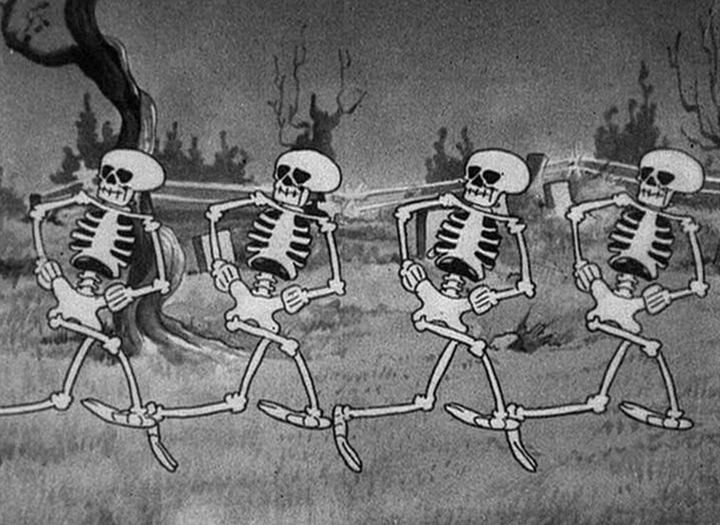
It is notable for being the first animated cartoon to use non-post-sync sound. Animation from this short was later reused in the Mickey Mouse short Haunted House, in which Mickey, having taken shelter in a haunted house, is forced to play music for the dancing skeletons.
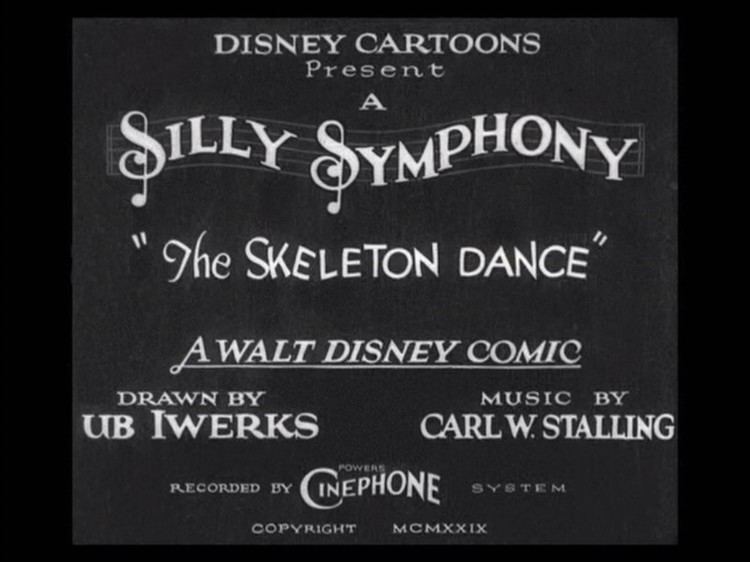
The cartoon was created in black and white on standard 1.33:1 35mm film. The original release had silent head and end titles, so music (and sounds) from later Mickey Mouse short The Mad Doctor and the ending music of Mickey Mouse shorts of the early 1930s were used respectively in its home media releases.

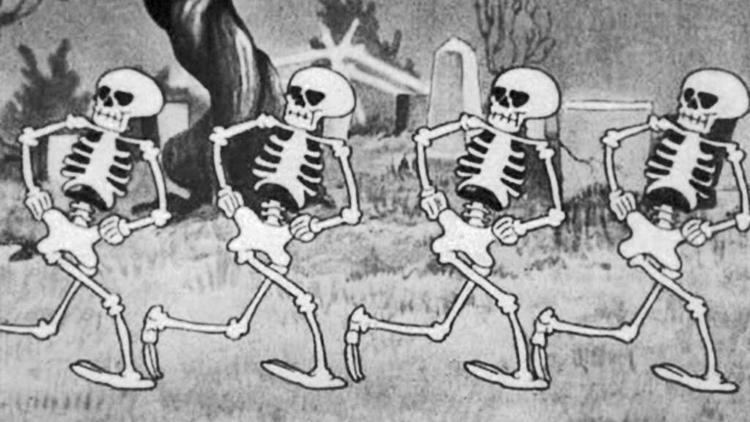
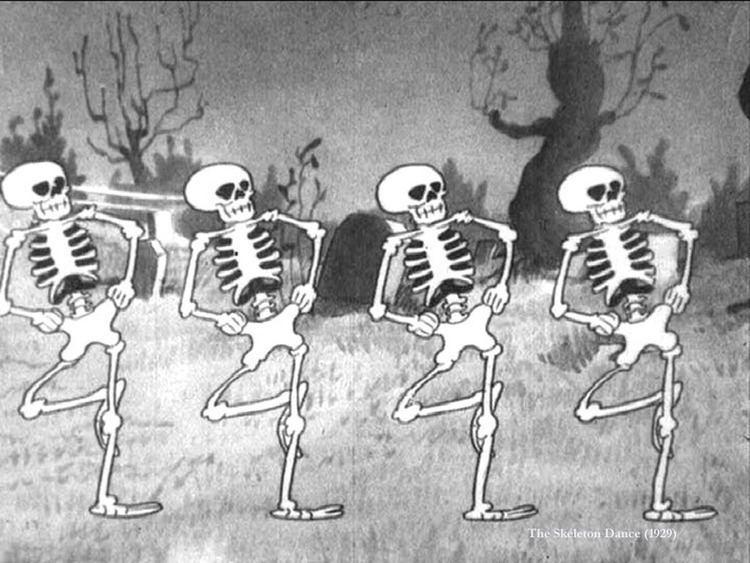
References
The Skeleton Dance WikipediaThe Skeleton Dance IMDb The Skeleton Dance themoviedb.org
